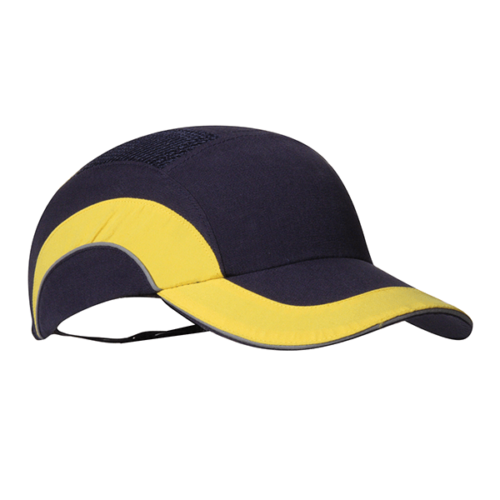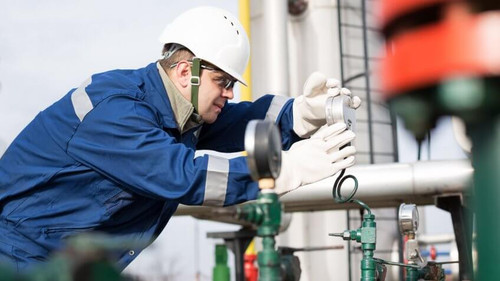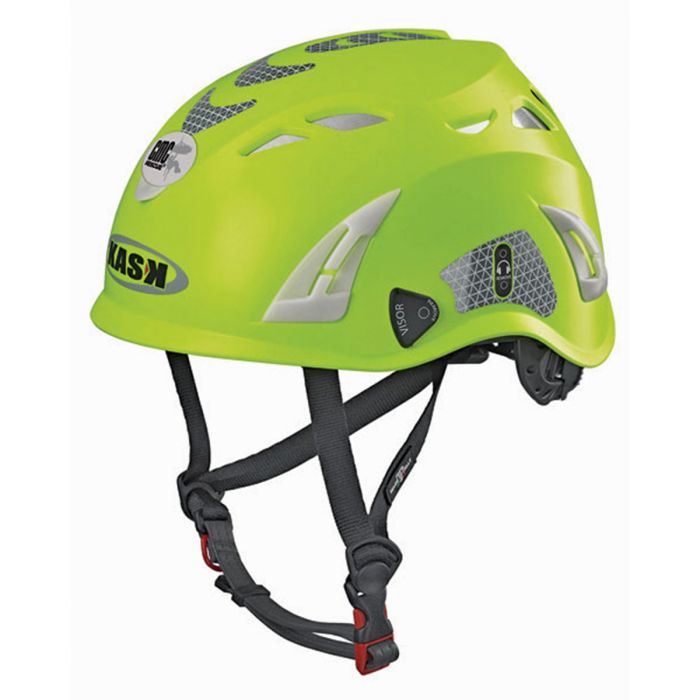Preventing Occupational Head Injuries
The CDC's National Center for Injury Prevention and Control reported that although the injury-related death rate decreased by 8.2% between 1997 and 2007, traumatic head and brain injuries (TBI) remained a serious public health problem in the USA. TBI-related deaths represent approximately one-third of all injury-related deaths.
OSHA’s 29 CFR 1910 Subpart I, Personal Protective Equipment, contains a section specific to head protection (1910.135). The head protection section requires employers to:
- “Ensure that each affected employee wears a protective helmet when working in areas where there is a potential for injury to the head from falling objects.”
- “Ensure that a protective helmet designed to reduce electrical shock hazard is worn by each such affected employee when near exposed electrical conductors which could contact the head.”
- “Ensure that the head protection PPE being used complies with ANSI/ASSE Z89.1-2009, American National Standard for Industrial Head Protection, or the 2003 or 1997 editions of that consensus standard, which are incorporated by reference. This standard establishes requirements for industrial head protection relating to impact protection, penetration protection, and electrical insulation protection.”
Standard head safety gear includes helmets and hard hats. Here is a list of our most popular head protection equipment:
The VERTEX Best is used by cellular and wind energy technicians, tower climbers, rescue workers, and people working in industrial production facilities, where climbing for maintenance is required, such as manufacturing, pharmaceutical, petrochemical, and gas production facilities. The hard hat has a smart fit adjustment system that keeps the worker’s head centered in the helmet.
The Kask Super Plasma Helmets are well-ventilated and specifically designed for professional rescue and work-at-height. The four fastening points of the chinstrap are engineered to eliminate the risk of helmet loss in case of an impact during a fall.
Certified for NFPA 1951 and EN443, the Rescue Helmet with Retractable Eye Protector meets ANSI Z89.1 standards for safety. Applications include search and rescue, collapse rescue, auto extrication, and technical rescue.

We also offer baseball style bump caps with micro, short, or standard brims to prevent accidental bumping of your head when performing types of work that do not require hard hats.
In addition to wearing proper head protection, the following preventative measures related to the behavioral factors are important.
4 Surprisingly Simple Steps to Prevent Injuries at Work:
- Be aware of the surroundings and of all the existing dangers
- Exhibit caution, and avoid thrill-seeking
- Follow the rules, and don’t assume they do not apply to you
- Stay calm, and be in control in emergency situations
Following these simple steps will help your workers stay safe and avoid injuries.
Our safety experts are here to help you find the proper head protection solution for your specific application. Call us at 800-829-9580, or visit us online at pksafety.com.
Resources:
- Injuries, Illnesses, and Fatalities
- Overview of Head Injuries
- Preventing Occupational and Non-Occupational Head Injuries
- Surveillance for Traumatic Brain Injury-Related Deaths
- Traumatic Brain Injury: Prevention is the Only Cure
- Traumatic Brain Injury: Symptoms, Diagnosis, and Treatment
Recent Posts
-
Promoting Safety: National Work Zone Awareness Week is April 15-19, 2024
Each year, the National Work Zone Awareness Week (NWZAW) places the spotlight on the importance o …Apr 11th 2024 -
Understanding 4 Gas Monitors: How They Work & Why They Are Important
In today’s increasingly dynamic industrial landscape, 4 gas monitors have emerged as critical com …Apr 8th 2024 -
April Showers Require Workers to Wear Hi-Vis Safety Rain Gear
While April showers bring May flowers, they also bring challenges, particularly for those working …Apr 1st 2024








